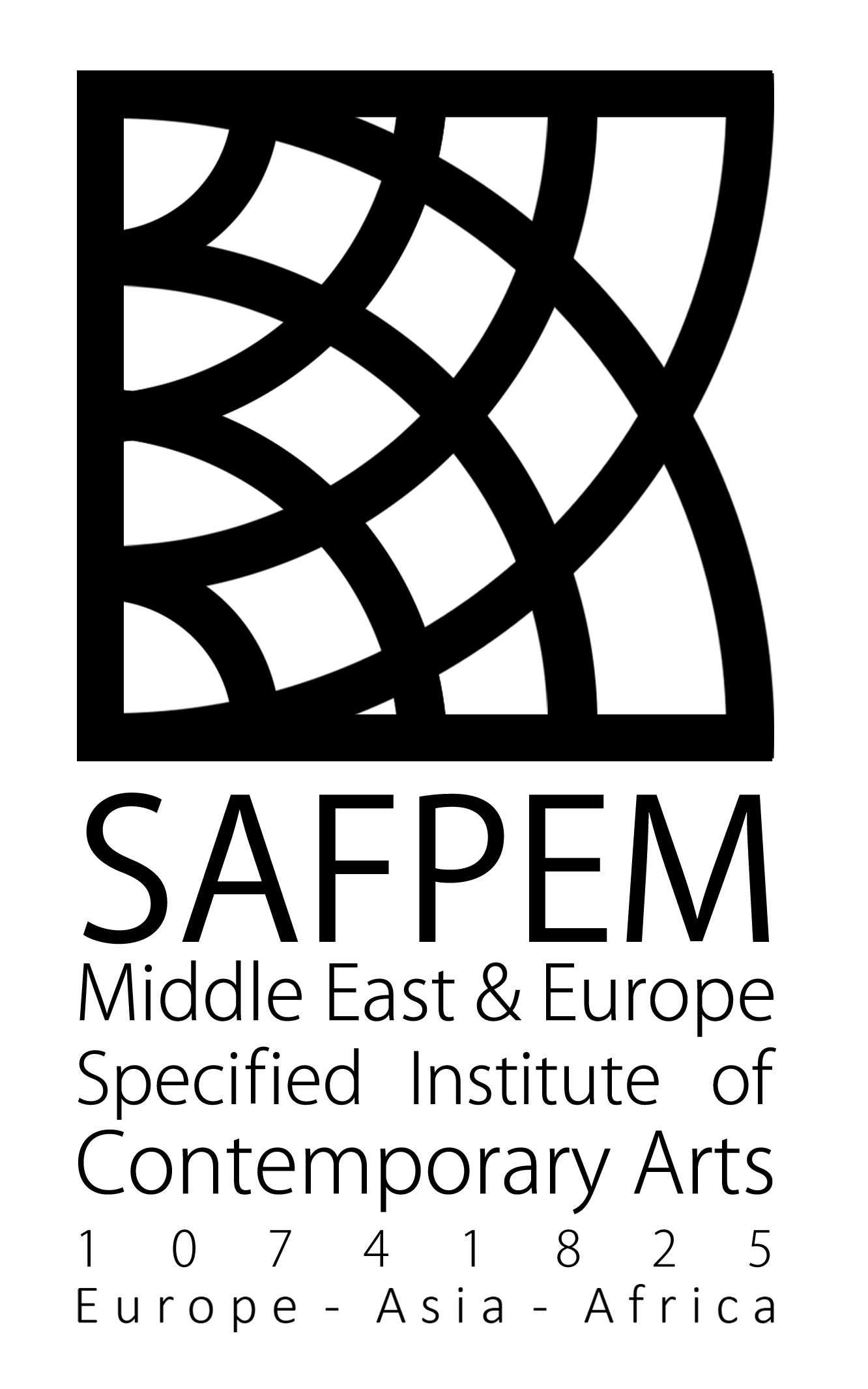FOCUS #3 – SAFPEM-FMICA
This post is also available in: Français (French)
The introduced video works of this festival are 20 in number created by the Iranian Modernistic artists. The historical period of these works traces back three generations of postmodern and contemporary art of Iran, starting from 90s until now i.e. the period formed and continued until now- in a short delay as compared to West-due to arrival of modern wave of new technologies (e.g. computers and new softwares, Internet, and new generation of phones) and social, political, and cultural requirements of post-revolution and post-war reconstruction (Iran- Iraq war). Also, the themes utilized in the selected works display a kind of artistic life in harmony with the contemporary world of art i.e. the world discontinuously and analytically employing the result of historical West experiences (or in other words, the world of art history) as a palette/toolbox for production of special contents in a local way.
On the other hand, the local method and style of Iranian video art were also taken into consideration by the curator. The Iranian video art is very special as regards method and form. The method for treatment with the subject, narrative style, and relatively different local content have made contribution to creation of an exotic form (although sometimes incomplete compared to its form/style) in the Iranian video art works. The main determinants of this formation are more rooted in history. Video media can not attract significant attention in artistic institutions of the country and presentation of these works is often viewed as an artificial action in views of artistic producers and directors. After more than 20 decades of video work productions in Iran, a large number of influential art galleries avoid presentation of video works and view them as an unproven media or at least ill-luck media among the Iranian audience. Undoubtedly, this issue was and is not compatible with independence-seeking characteristic of the contemporary art. Therefore, artists of this media inevitably introduce their works in short- film and animation festivals, and contemporary art biennales of other countries. By chance, their works greatly arouse international enthusiasm.
Entrance of Iran video art into international events has attracted more general and broad attention to this media even among artists of previous generations. And, they view video as an accessible means for simpler and greater interaction with main routes of the West technology. Perhaps, we can say that the textual-visual narration and film-like nature of Iran video works are partly the result of artists’ attempts to address needs to possible contexts for presentation of their works. Therefore, supposedly, the Iranian video works have found their special form and space in an interdisciplinary state of West and East art.
The selected artists are the ones who have made great attempts for video art and video performance in Iran and other countries during two recent decades. A large number of these artists have received special awards in international events. The artists attending this event are Omid Hashemi, Samad Ghorbanzadeh, Mehrnoosh Roushanaei, Nastaran Safaei, Mandana Moghaddam, Hamed Sahihi, Behnam Kamrani, Morteza Ahmadvand, Shirin Abedinirad, Soheil Kheirabadi, Alireza Khosroabadi, Farideh Shahsavarani, Alireza Memariani, and Nima Nikakhlagh.
VIDEO PROJECTION:
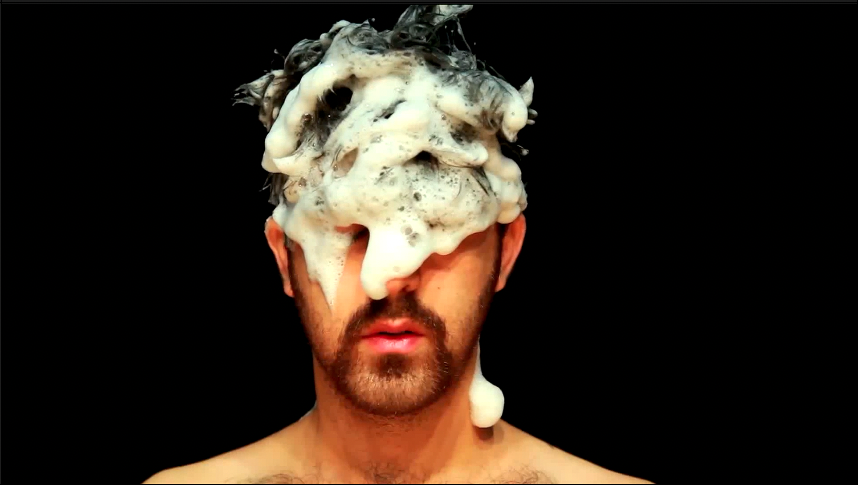
Artist’s Eyes / Omid Hashemi / 2012 / 12’24
I concentrate on keeping my eyes wide open.
Someone starts washing my head with soap.
I keep my eyes open.
The soap slowly runs into my eyes and the whites of my eyes start getting red.
I keep my eyes open.
The transformation is in my eyes.
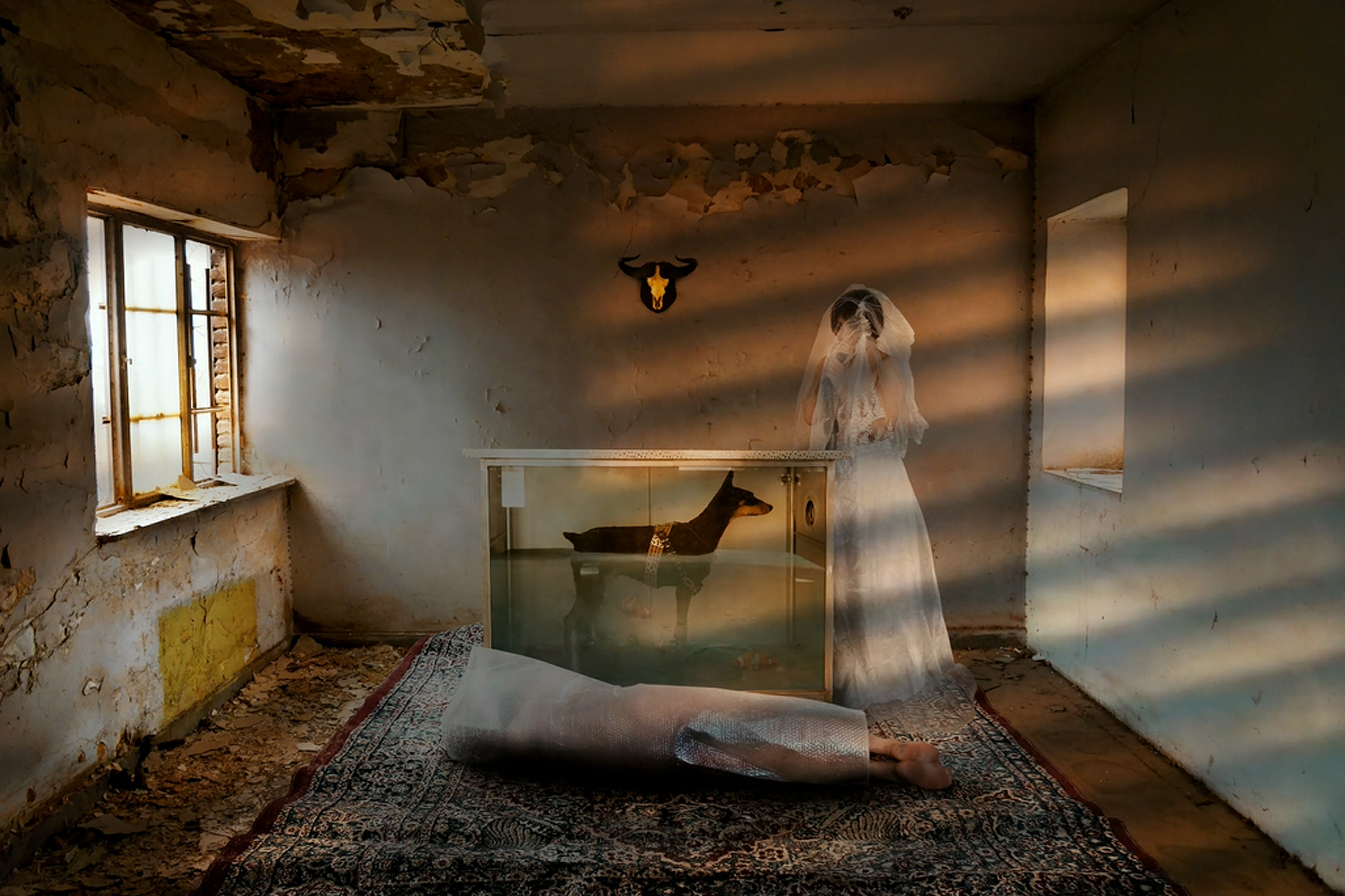
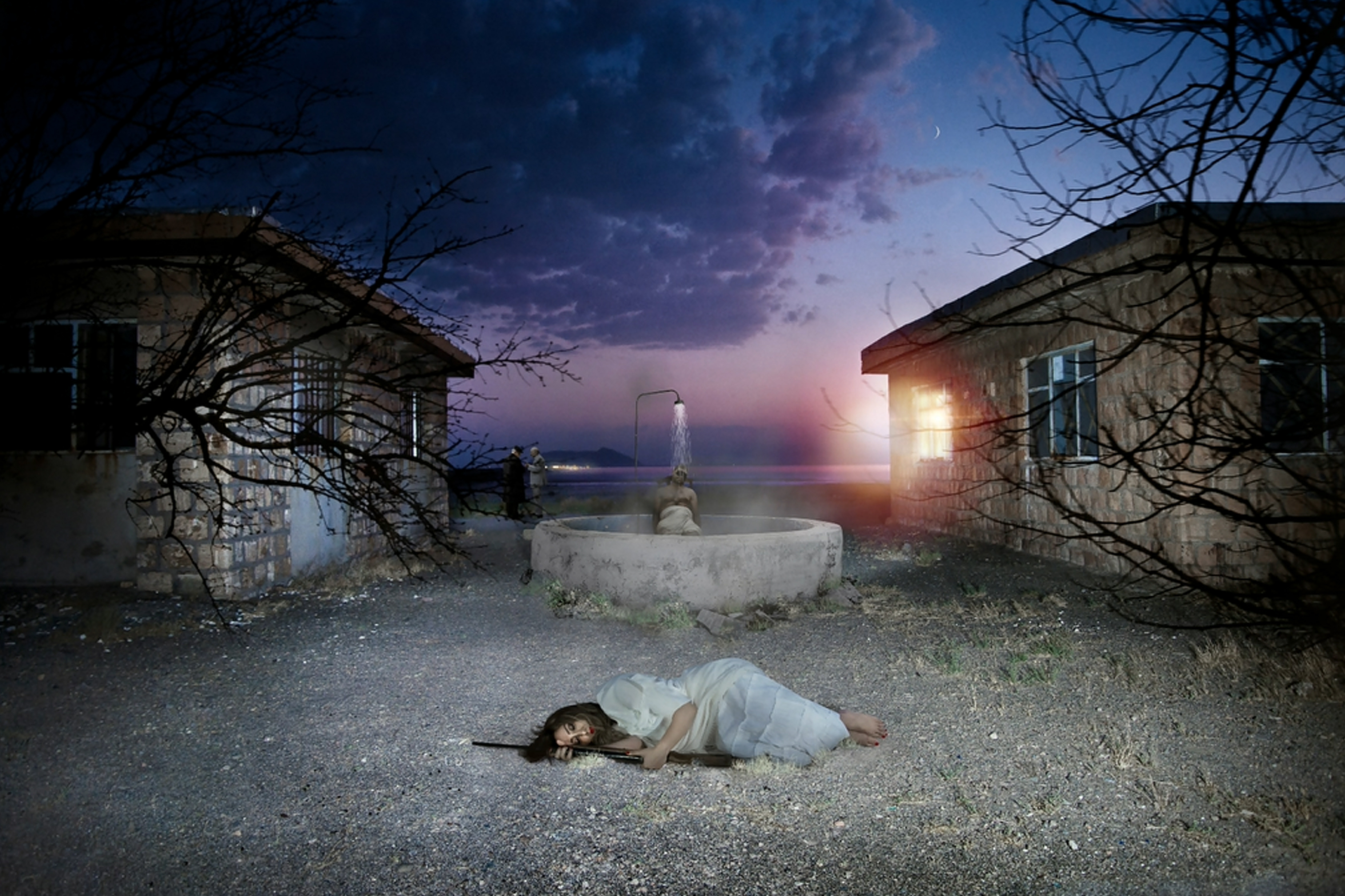
Parallel Anxiety Series / Samad Ghorbanzedeh / 2017 / 1’35
This series that produced in 2017 with the photomontage Technique, looking to show people’s in the male and female format, that or suppressed own desire’s or outbreak them and suffer any worry and inquietude. For example, in the “picture of one” we are witnessing a woman with the bride dress in the left side of the frame, according to Theories of Psychoanalysis, bride is the symbol of fertility and birth and the part of the character that have not appeared until now. In the middle of the frame we are seeing a man with closed and bloody eyes that eating dead fish, According to Theories of Psychoanalysis, fish symbol of deep processes of Unconscious and dead fish symbol of suppressed of instincts. On the other side and on the second floor of the building we seeing the man with the rain coat, he like a controller (superego) and he can apply hardest punishment for two persons if they want to outbreak their desires. in the “picture of two” we are witnessing a anxiety situation. This situation is the result of outbreak of unconscious desires. A man with the bandaged and bloody head and a woman with anxiety mode and phone in hand (A phone symbol of connection with other place), the long and standing chimney on the back ground (According to Theories of Dr. Freud long object is the symbol of phallus) that give out black smoke (black smoke is symbol of internal stress) and light bulbs on top of them is symbol of mourn in the form of jubilation. Actually this is the superego punishment for these two person that outbreak their desire’s.

The Last Song / Mehrnoosh Roshanaei / 2021 / 2’16
“Technology records and preserves forms of life destined for extinction and with the use of digital technology it comes to represent and animate already extinct lives. A progress that while on the one hand offers a salvific illusion with its realistic, albeit virtual, audiovisual documents, on the other it serves as a warning for the future of the planet, because every archived track stores what could be forgotten, risks going lost. Mehrnoosh Roshanaei (Tehran – Iran 1988) works in this situation and does it with the use of poetry. His work, The last song, alludes to the enchantment of the sound emitted by the last male of Kaua”i ‘0’6, a bird from Hawaii, recorded – analogically – by the Cornell Lab of Ornithology. A sound document as sublime as it is dramatic because the male’s song is mating, aimed at calling a female who would never arrive. This specimen died in 1987, thus ending its species. While listening to this poignant love song, we witness the fragmentation and dematerialization of a Franklinia alatamaha, a flower recreated in 3D by the artist, given that the plant was declared extinct at the beginning of the nineteenth century. An essential film, bordering on abstraction, with the flower that stands out only on a desert landscape and for no apparent reason, crumbles with inexorable slowness until it disappears completely. A visual dissolution experienced as in a dream, as dreamlike is the sound of the song that echoes in the darkness of the final sequences.”, Daniele Astrologo.

Remorse / Mehrnoosh Roshanaei / 2021 / 1’02
“Remorse is memory awake, Her companies astir. A presence of departed acts at window and at door”, Emily Dickinson.
Remorse is an essential part of our memory, it is that painful part that is always “awake, alert, persistent, unforgiving. it is in constant motion, a continuous presence of facts that are everywhere, crowding our windows and our doors. Remorse is relived every time we think of our past actions, the “past Acts”.
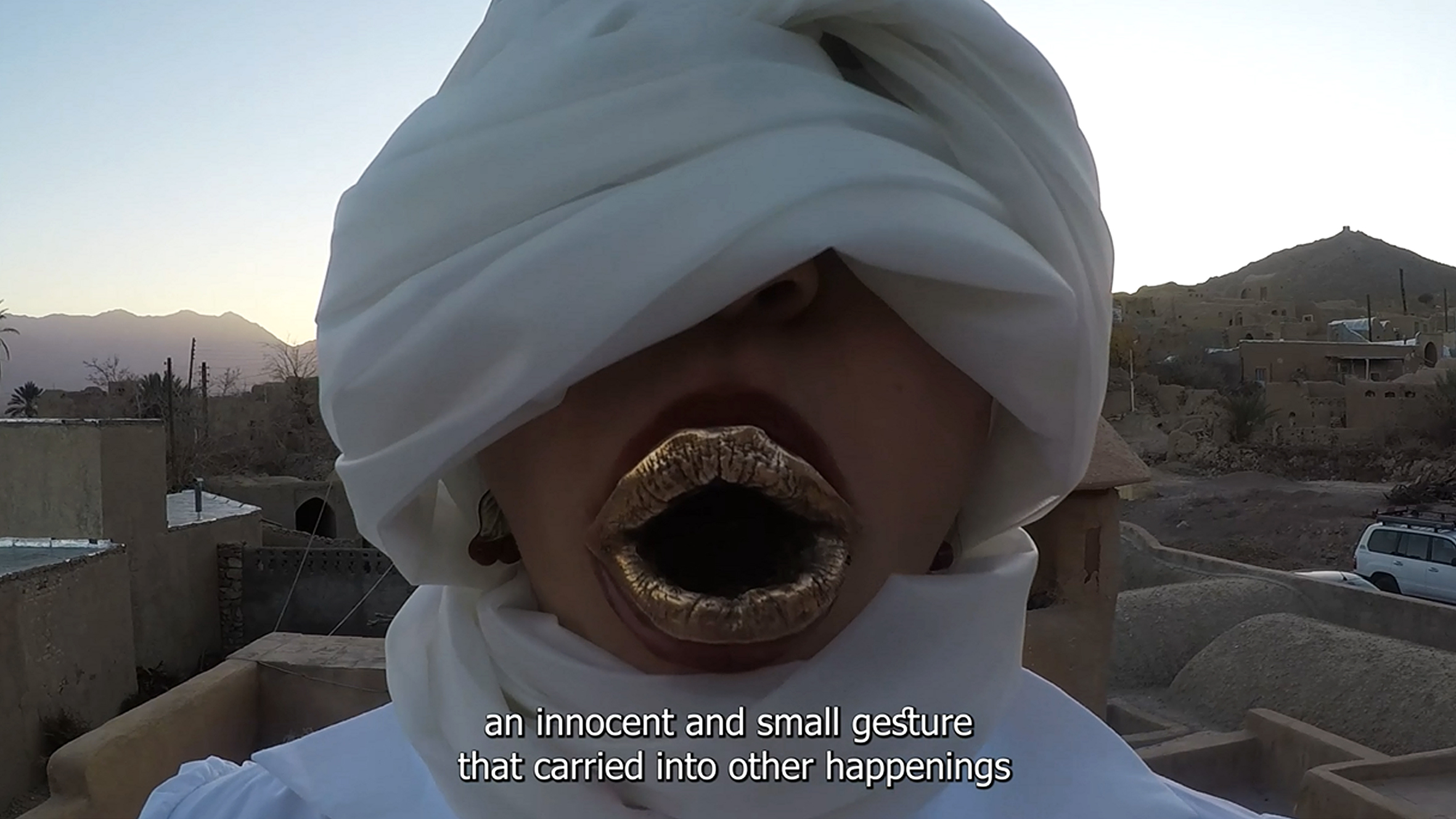
A Rare Species of Stage Went Extinct in a Remote Land / Nastaran Safaei / 2021 / 1’07
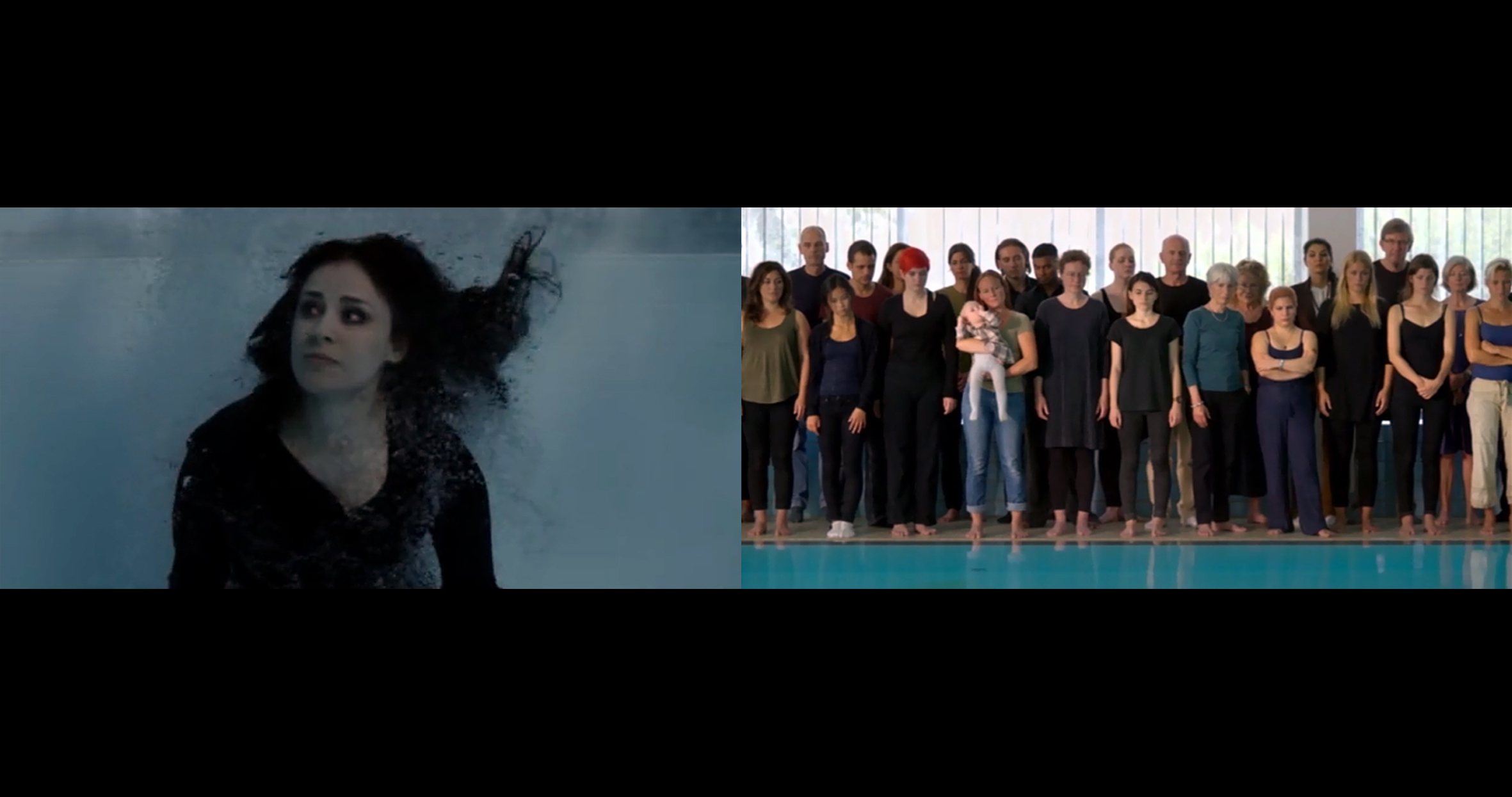
The silence / Mandana Moghaddam / 2016 / Singapour / 5’59
The Silence is a poetic video installation with a political edge. The work reflects on themes such as communication, memory, isolation, integration/exclusion, and around the concept of the Other. About being reborn but missing the words, about wanting to be understood despite the silence.
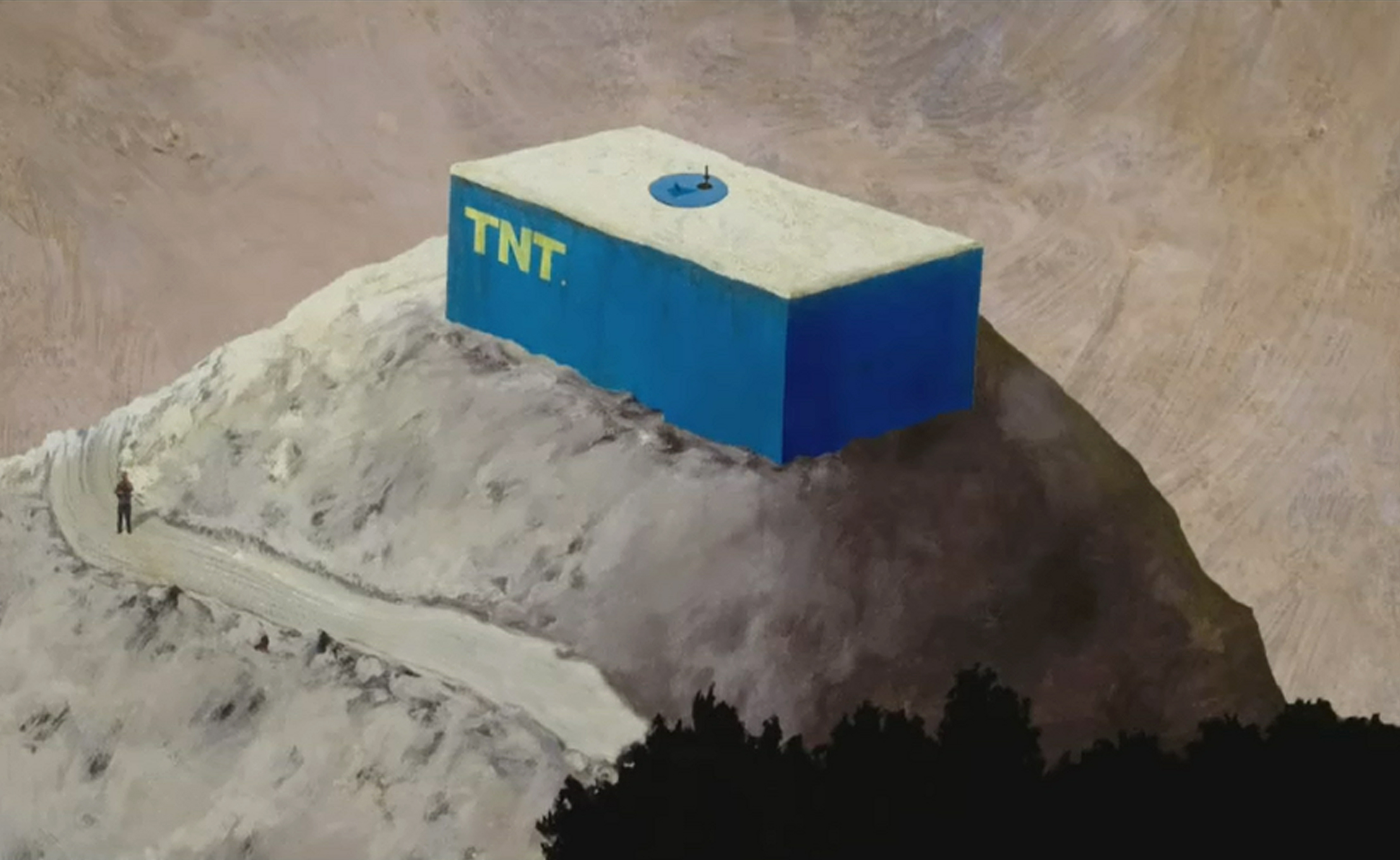
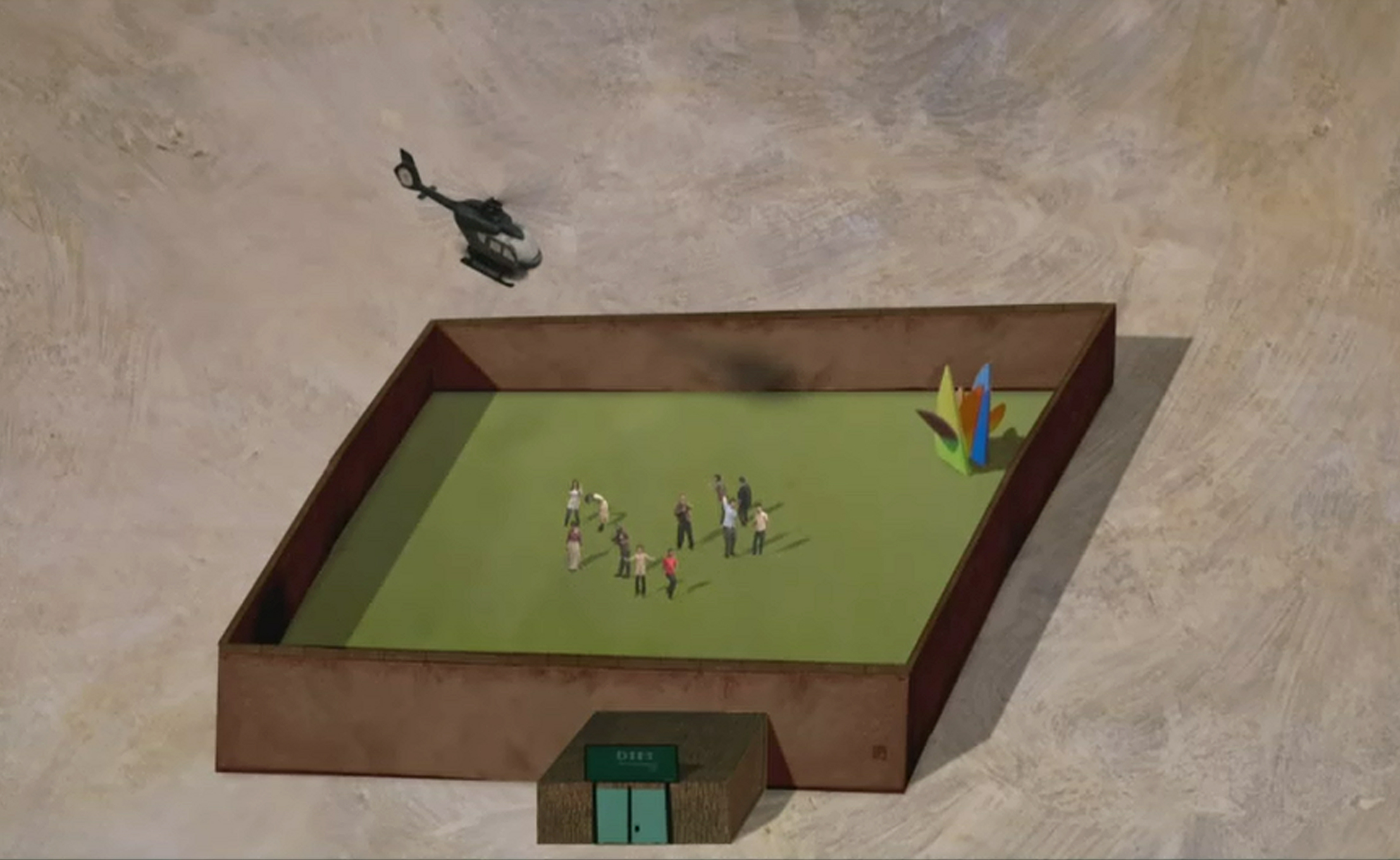
But in your head baby I’m afraid you don’t know where it is / Hamed Sahihi / 2010 / 1′
In these videos, the artist symbolically depicts some time-laps of the Iranian daily life. He introduces a situation in life in which a set of unfamiliar contradictions is observed. This is what we see today in Iran as a modern country: It is a kind of daily life in a state of confusion or suspension situation.
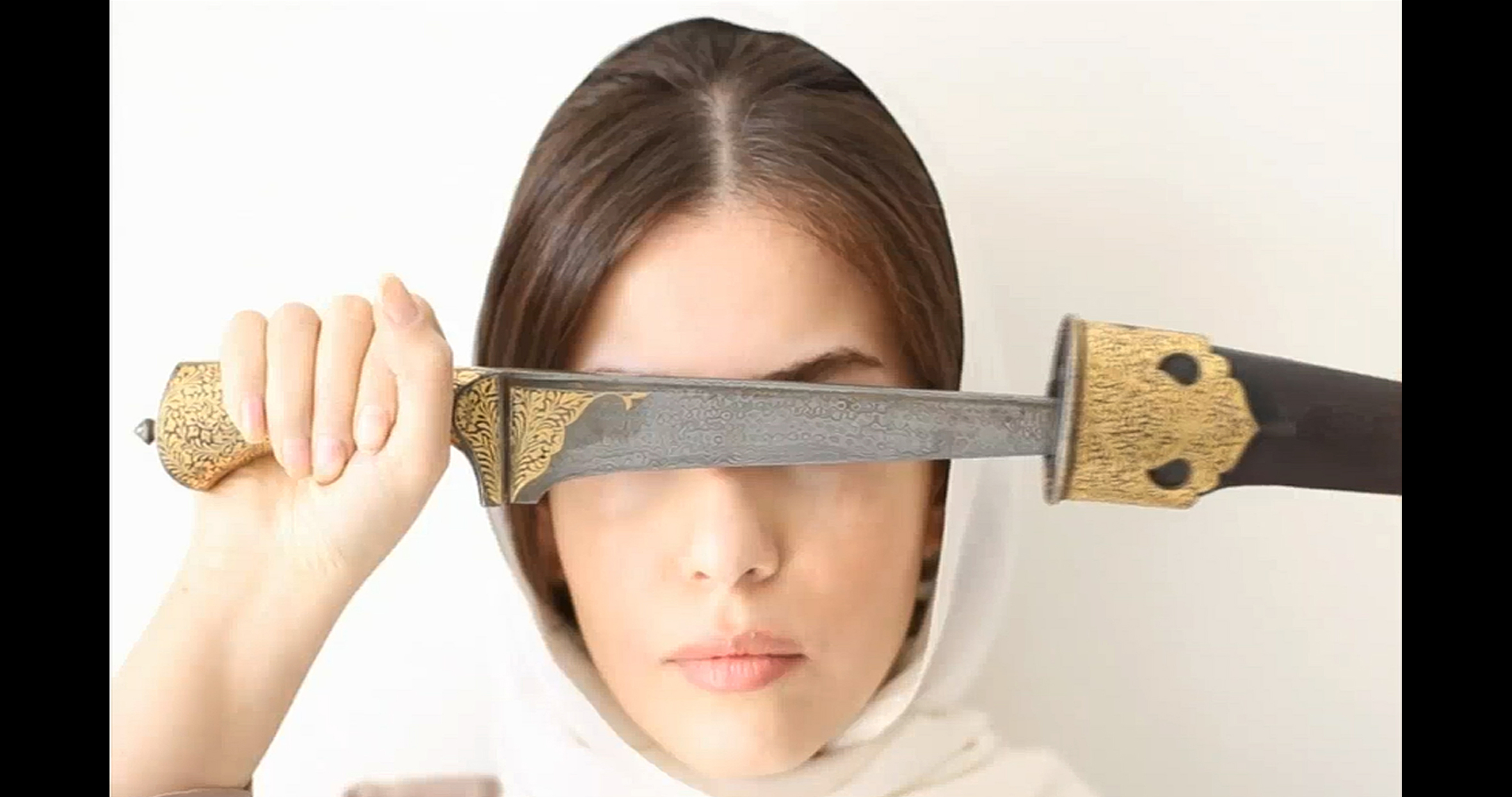
EDGE / Behnam Kamrani / 2012 / 1’07
“The Edge” is an allusion to a paradoxical and threatening situation that is based on an appealing atmosphere and analyzed using a symbolic practice. The dagger is beautiful and is a symbol of our history, but at the same time it can cut. Instead of cutting, we see a threat and a metamorphosis that is seen in the one who possesses the dagger!
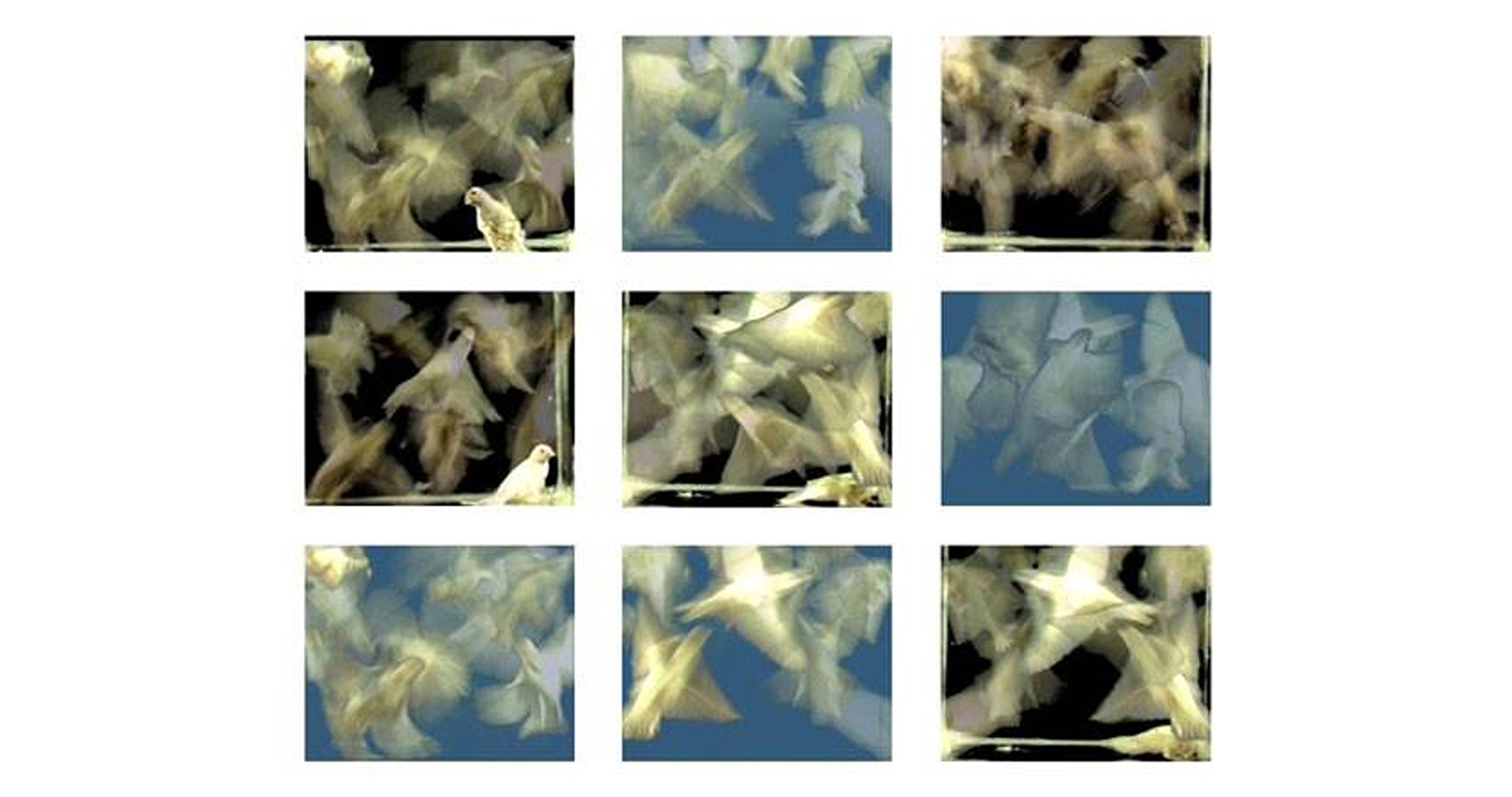
Flight / Morteza Ahmadvand / 2018 / 2’48
This poetical artwork shows a symbolic state of Iranian society in its today’s life under all socio-political limitations.

Gliss / Shirin Abedinirad / 2013 / 4’09
This work is a symbolic-minimalistic image based on the erosion concept
The co-curated work by Marta Blanchietti and Carola Del Pizzo.

THE LONESOME / Soheil Kheirabadi / 2021 / 55”
En silence, le monde disparaît.
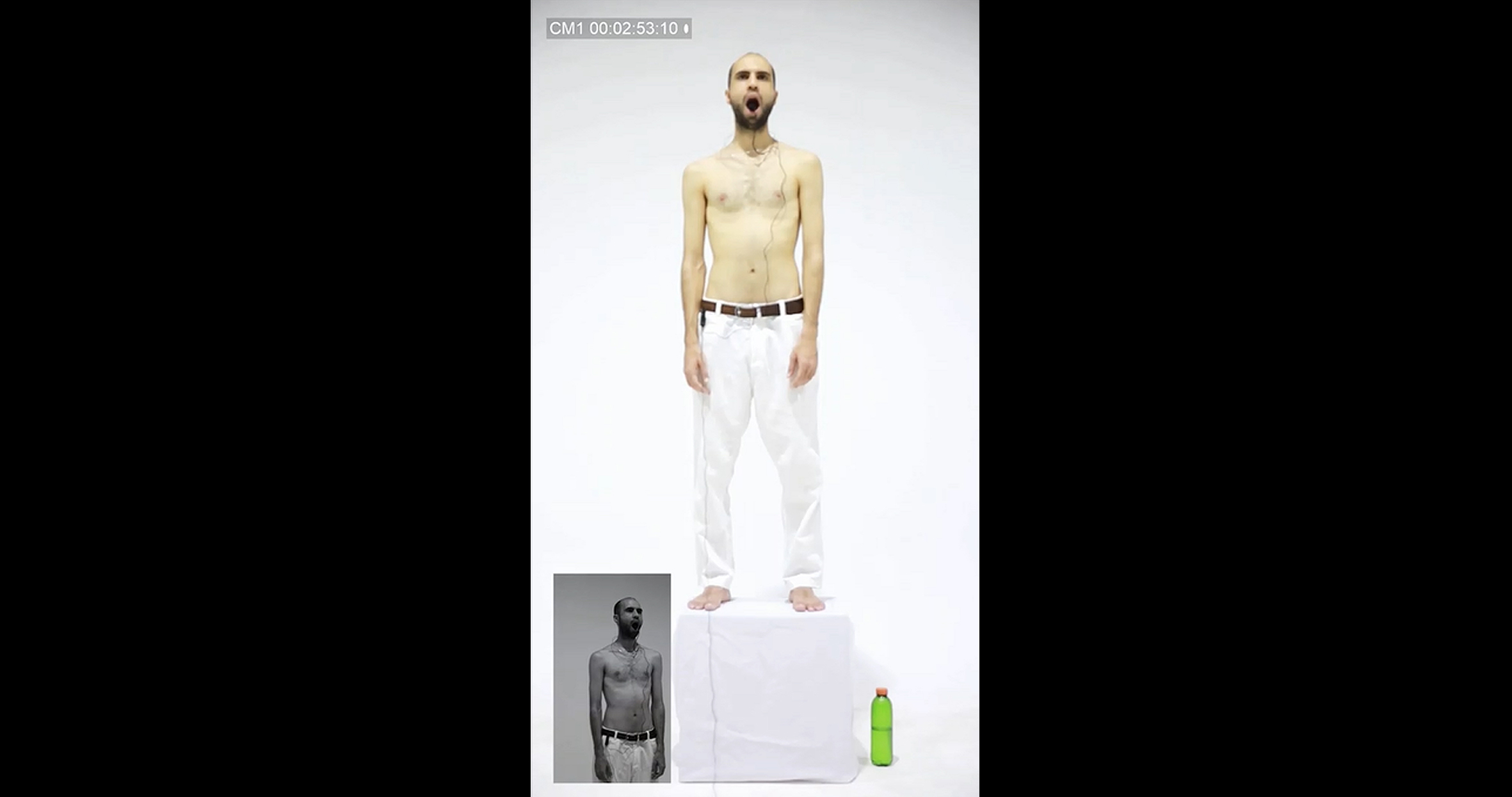
3 Minutes-Sculpture / Alireza Khosroabadi / 2020 / 3′
A body with an open mouth and a microphone in the limit of the mouth hole, is a study on protestor bodies standing on the telecommunication posts as a stage. The sculpture immerses in the time by playing the video in repeat, so that there is a man-system which is repeatedly at speech/scream/protest limit. 3 minutes is the time for my performer’s open mouth threshold level
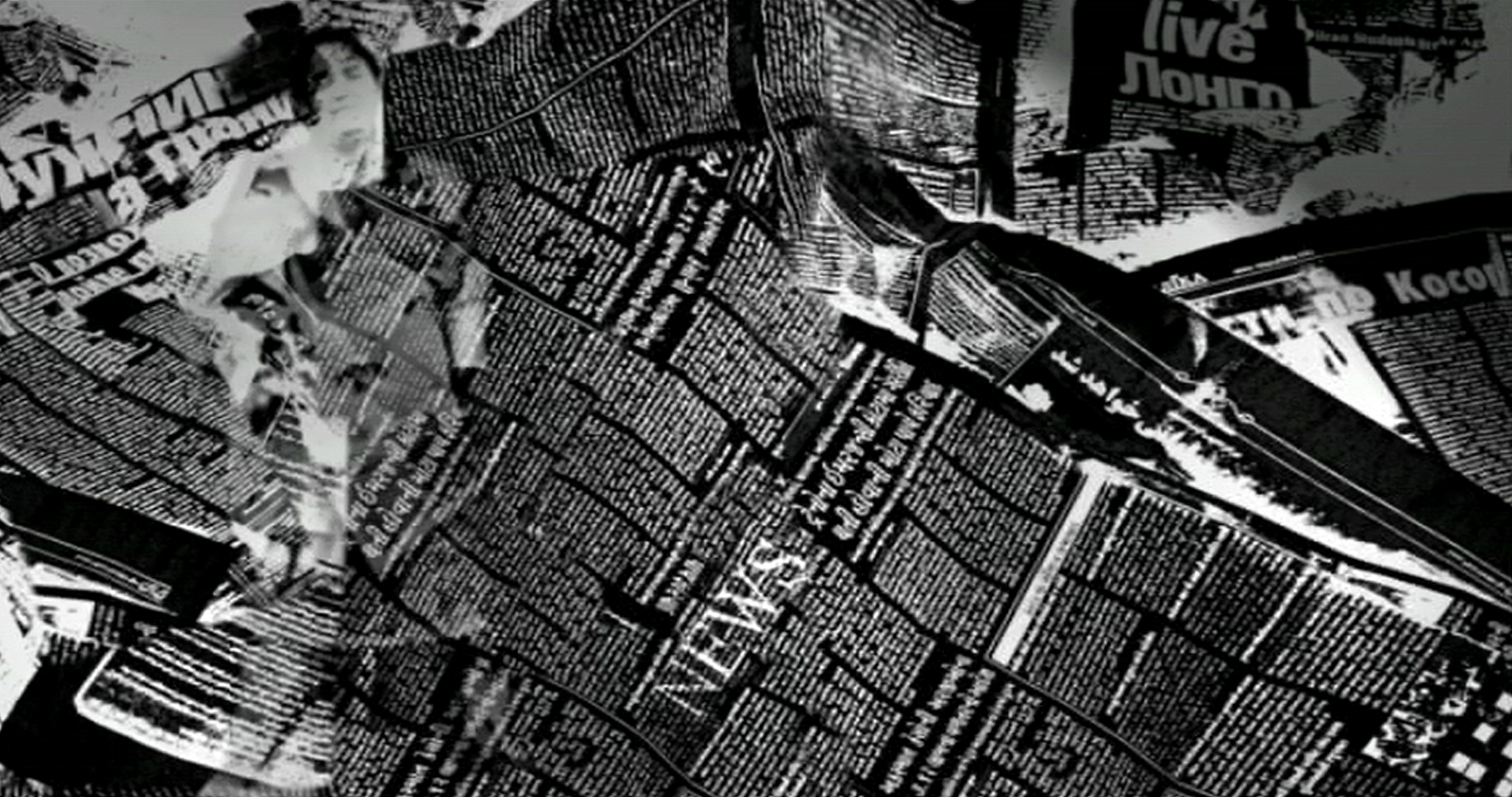
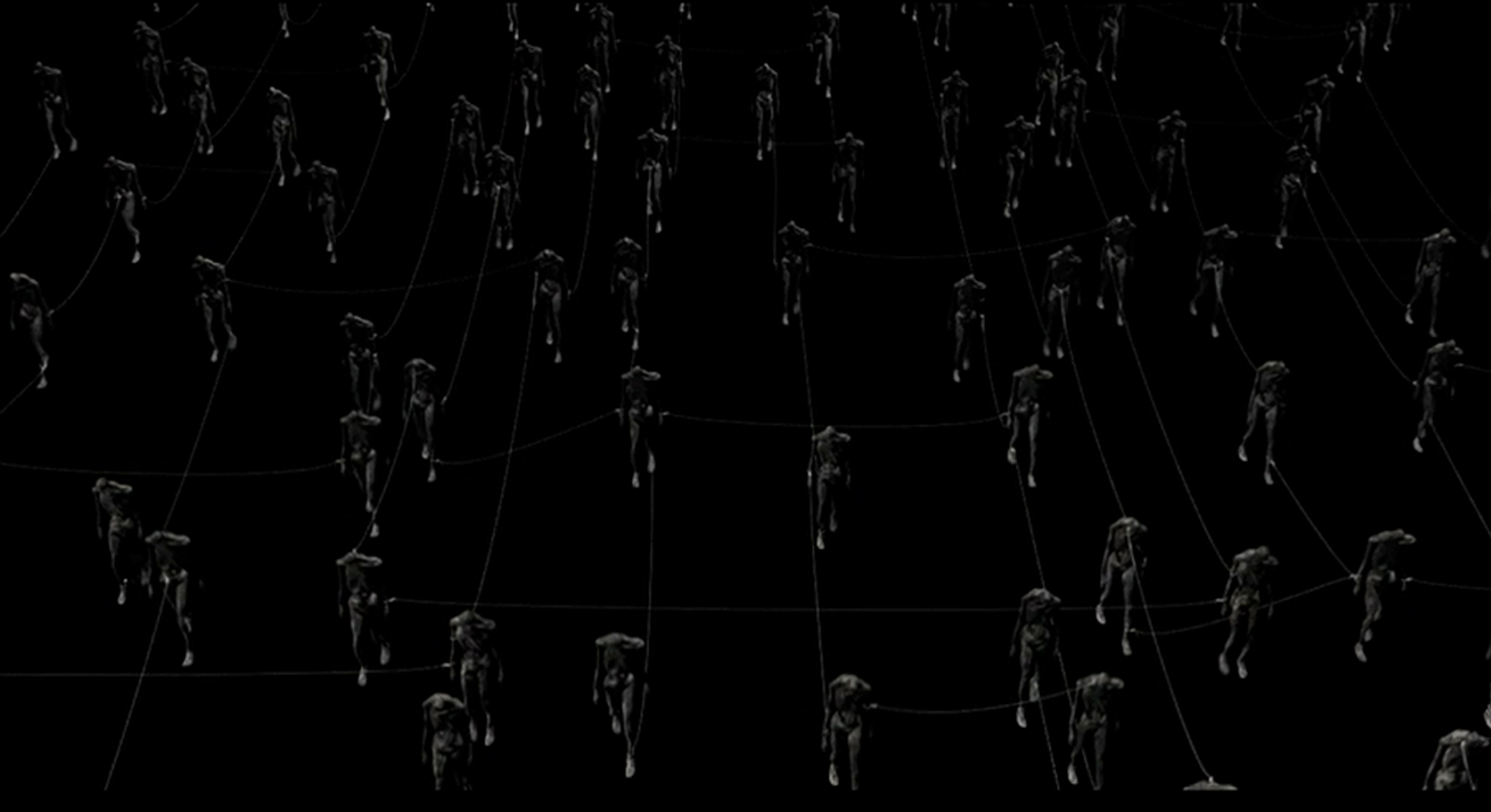
I wrote, you read / Farideh Shahsavarani / 2006 / 3’36
Modern man is being bombarded by the media. Daily the news impacts us. We do not think; we are not exposed to the truth; we only know what they want us to know. There is no way to run away from it. Modern man is buried beneath the news. A box surrounded by the steel and barbed wire is filled with crumpled –up newspapers.
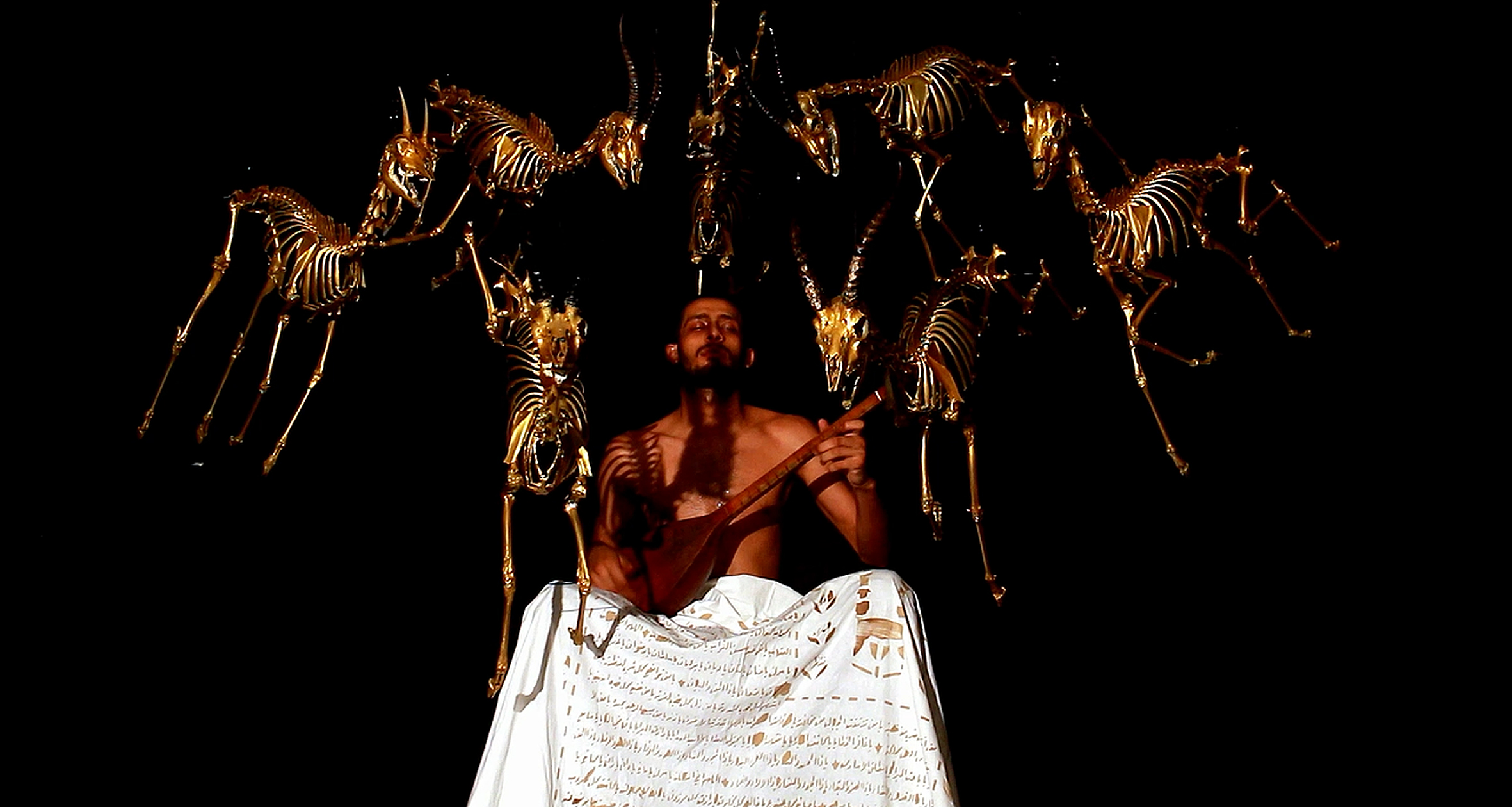
PUBLIC MOURNING / Alirea Memariani / 2018 / 40”
The most common cause of death was the plastic we found in their stomachs. We then separated the bones from other organs, From the thirty dead bodies, we reached a flock of ten deer, Golden herd. Which is a sign of death beyond time and place…
The dust of my body is the veil of the true Beloved’s face / O happy that moment when from off this face, the veil I cast
Not fit for a sweet singer like me, is the cage of the world like this / To Rizvan’s rose – bed, I go for the bird of that sward am I.
Manifest, it is not wherefore, I have come into this world where, I had been / Regret and sorrow that, of my own work, careless I am.
In the expanse of the holy world, my circuit how may I make / When, in the mixed abode this dusty world plank – bound confined to a dusty body, I am.
If, from my heart’s blood, the perfume of musk issue, / Have no wonder for fellow – sufferer with the musk – pod of Khutan the musk- deer I am.
Outwardly regard not the embroidery of my gold – thread tunic resplendent like the candle, saying He is happy / For, within the tunic, hidden consuming ate.
Come and from before him, the existence of Hafiz takes up / For, with Thy existence, none hearth from me that I am living
HAFIZ
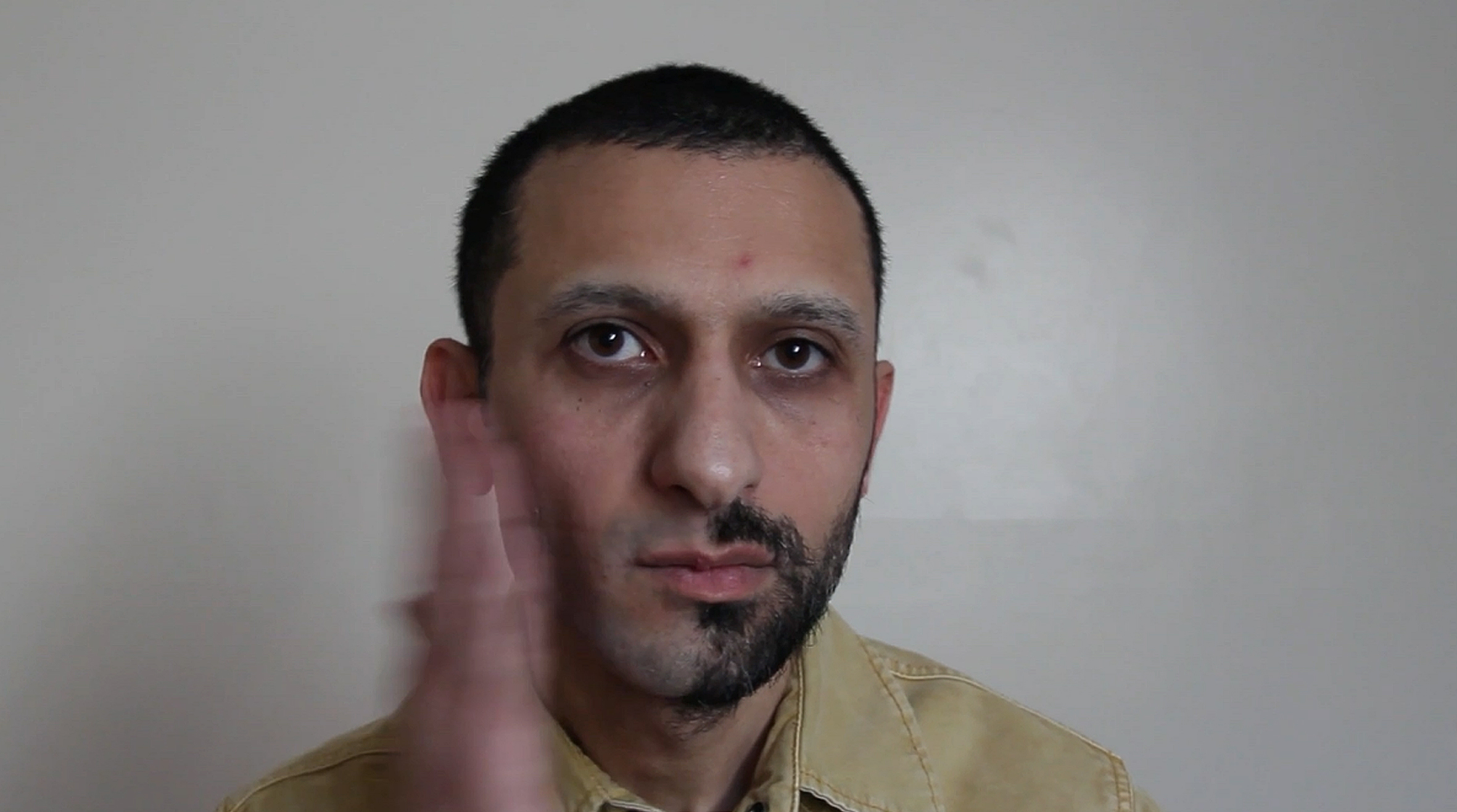
Fresh Air / Nima Nikakhlagh / 2020 / 3′
[Artist statement] – May 2020, still at home, just like everyone else.
fresh air is the second of two experimental visual art films created during quarantine exploring the body’s relationship to its now overly familiar surroundings while at the same time observing the utter separation from the outside world.
For me, art is the result of a kind of restlessness that always changes from one thing to another, and each time, in any form, creates its own discipline and says everything that it has to say regardless of the interest of any particular person or group, or mainstream fashion. Art is the only possibility that can make us see something that has been nearly invisible before, and make the impossible possible, unusual usual. Indeed, the effect of this kind of art is like clearing windows or removing dark glasses from the eyes, which frees our imagination and thoughts, and emancipates our senses and other powers.
SAFPEM – FMICA Organizers (Middle East & Europe Specified Institute of Contemporary Arts) also known as SAFPEM, was founded by 7 artists and cultural organizers from different fields of art between France and Canada in 2013.
As permanent member, the Institute has more than 1500 international artists from different group of ages in all these territories and attempts to improve quality of different _ generation works by combining different artistic generations (specially the artists under 40) and supporting them professionally and adequately. This group has also encouraged cooperation with international cultural-artistic societies, festivals, presses, foundations, museums, philharmonic and symphonic orchestras, associations, galleries, cultural centers and different universities, and they attempt to encourage their cooperation with other countries in near future.
Since 2016, planning and management Team of SAFPEM has pursued a new purpose; The suggested plans have been derived from artistic background, international communication, and art experiences of executive directors, aimed at creating a multilateral projects and subsequently international cooperation for Institute. According to the gained results of infrastructure and cultural communication extent, these group created representative offices in three continents including Asia, Europe and Africa. Today, the Institute consists of eleven representative groups in France, Canada, Tunisia, Iran, Azerbaijan, Turkey, Jordan, Japan, Qatar, Croatia, China and Italy.
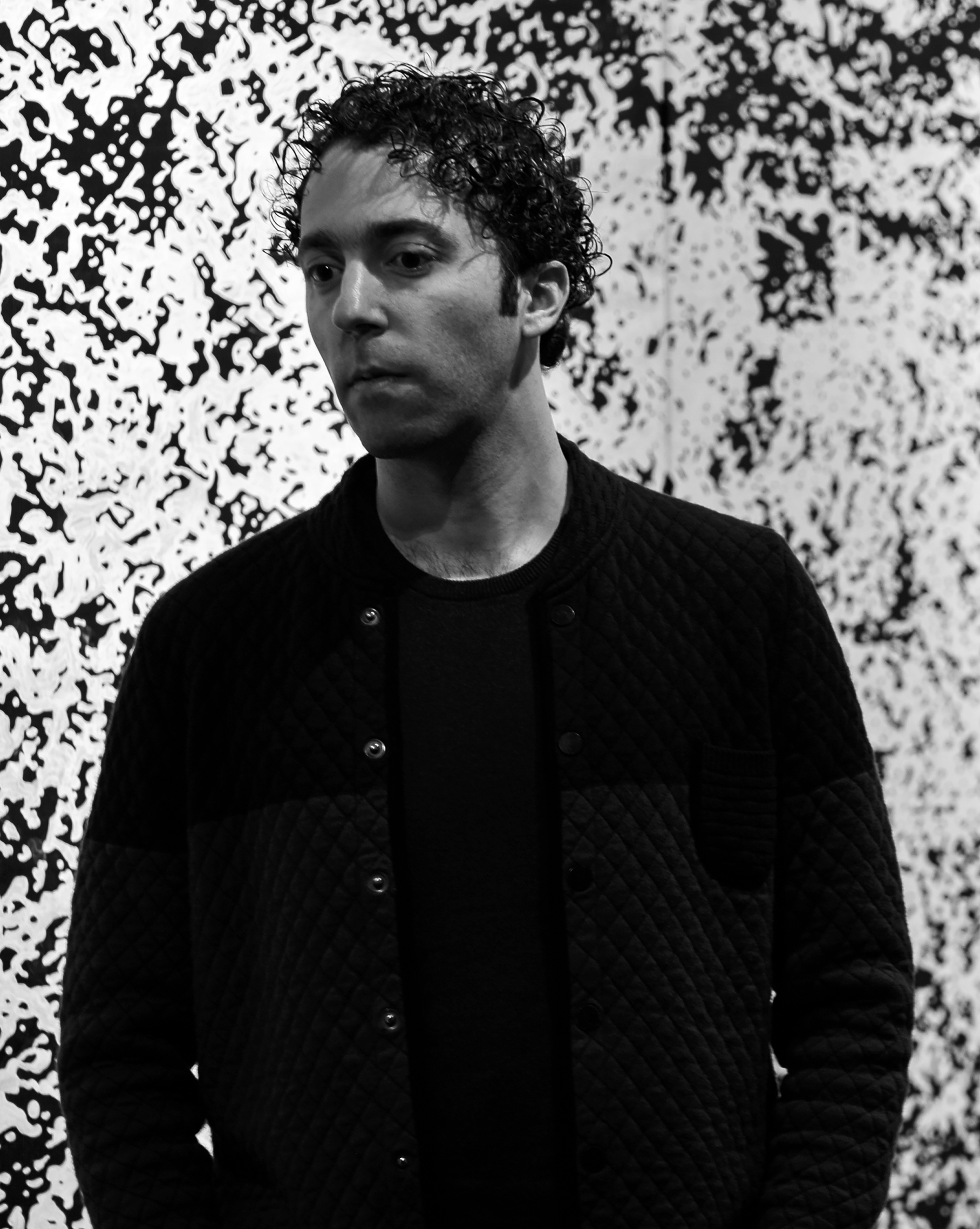
Curator : Saeed Khavar Nejad
Saeed Khavar Nejad is a contemporary Iranian artist based in France and Italy since 2009. His artistic activities focus on contemporary music and visual arts (under the name SD). Saeed is also known as a soloist of Persian Kamancheh in the music world. His academic studies include interdisciplinary arts, music, graphics and design in Iran, Italy and France. As a composer, he has also participated in multiple painting projects in Iran, France, Italy and around the world. In 2013, with the participation of some of his colleagues, he founded the Specific Institute of Contemporary Art of the Middle East and Europe (SAFPEM – FMICA Organizers) in France and Canada. Since 2016, he has been conducting activities related to the executive direction of Middle East Art in Europe, Asia and Africa. As a curator, Saeed has been invited by DigiCon 6 ASIA (Japan), White Canvas Visual Arts Organization in Asia and VIDEOFORMES digital art festival in France to present Iranian video art creations.
Artist website : https://www.safpeminstitute.com
